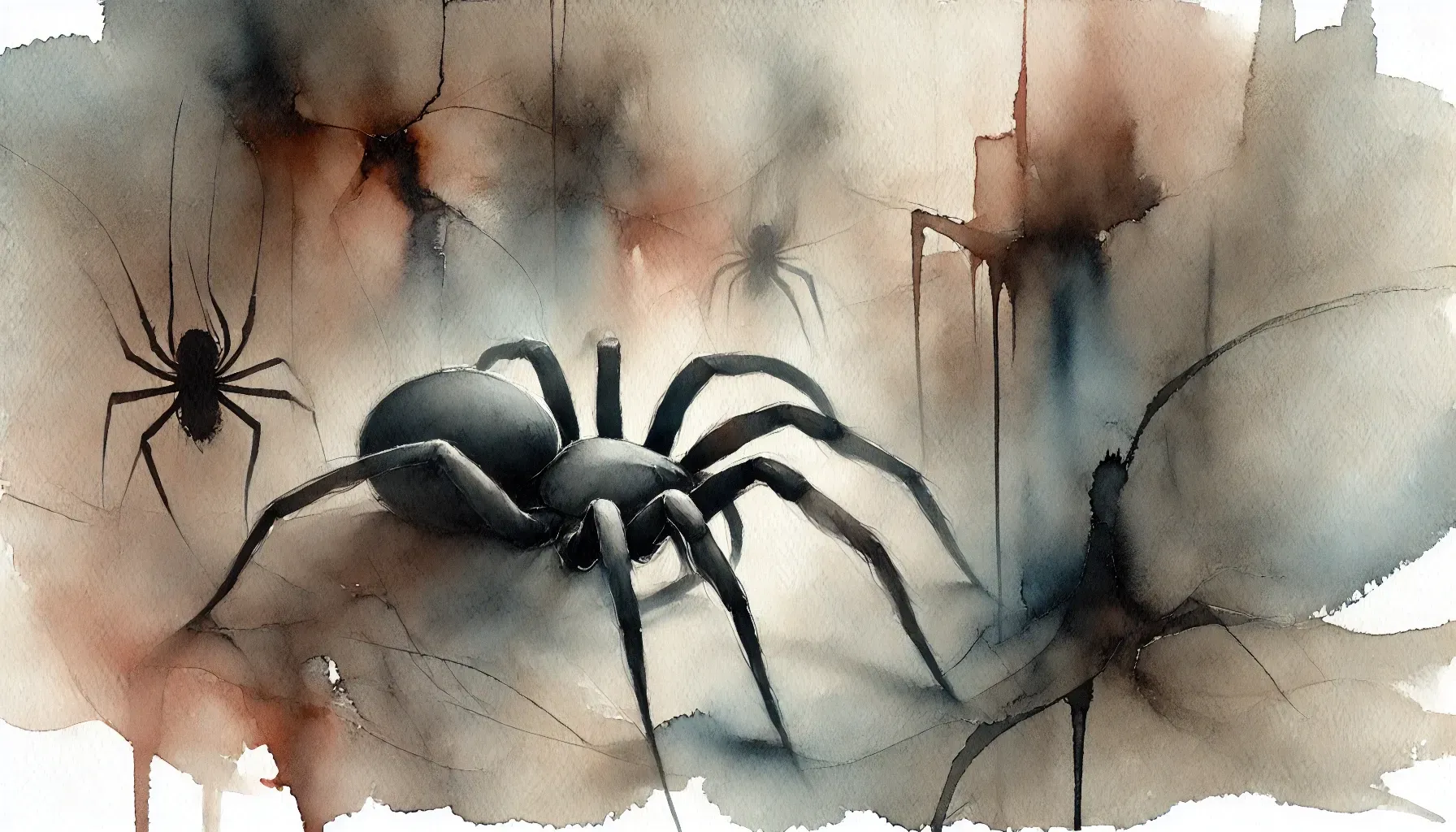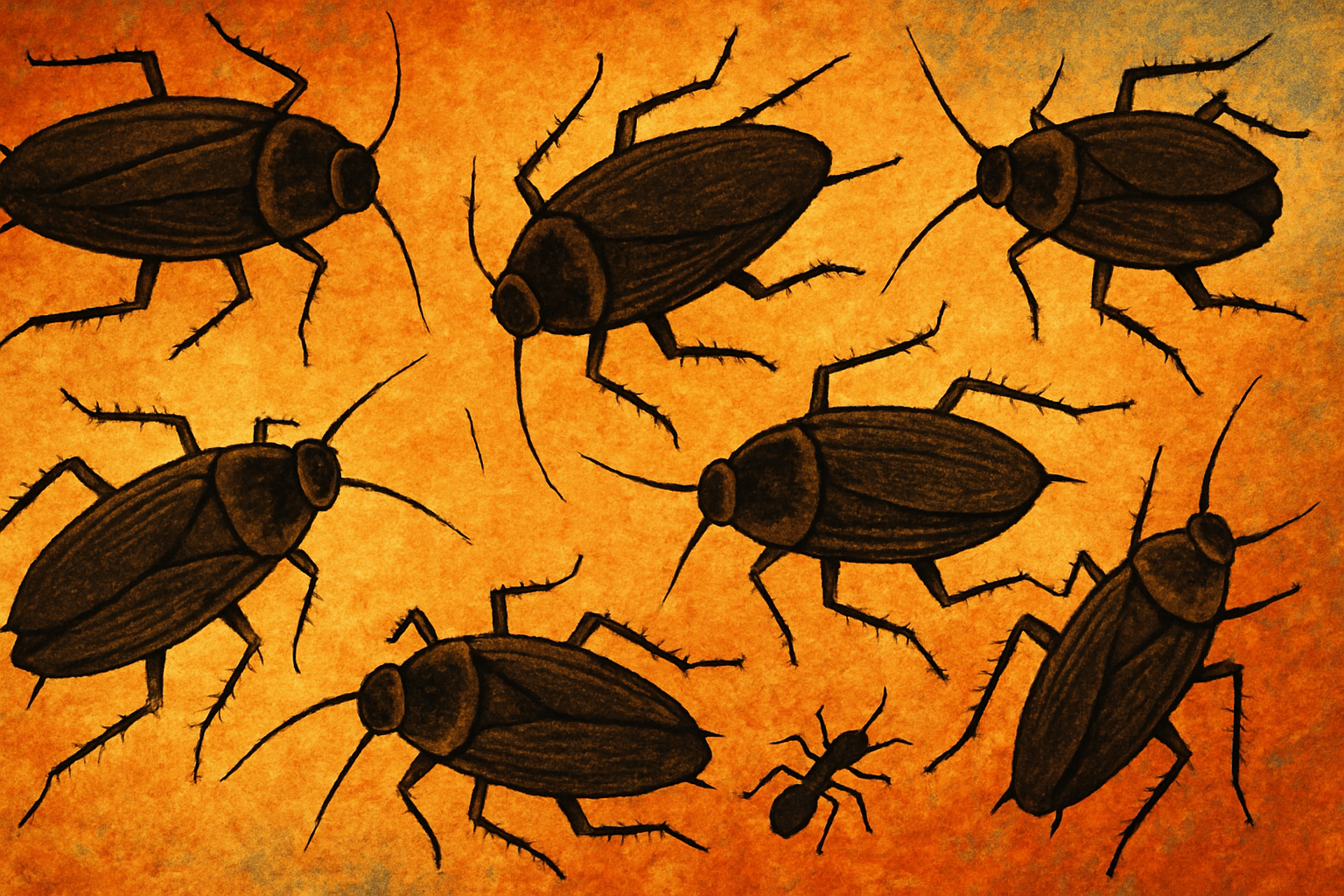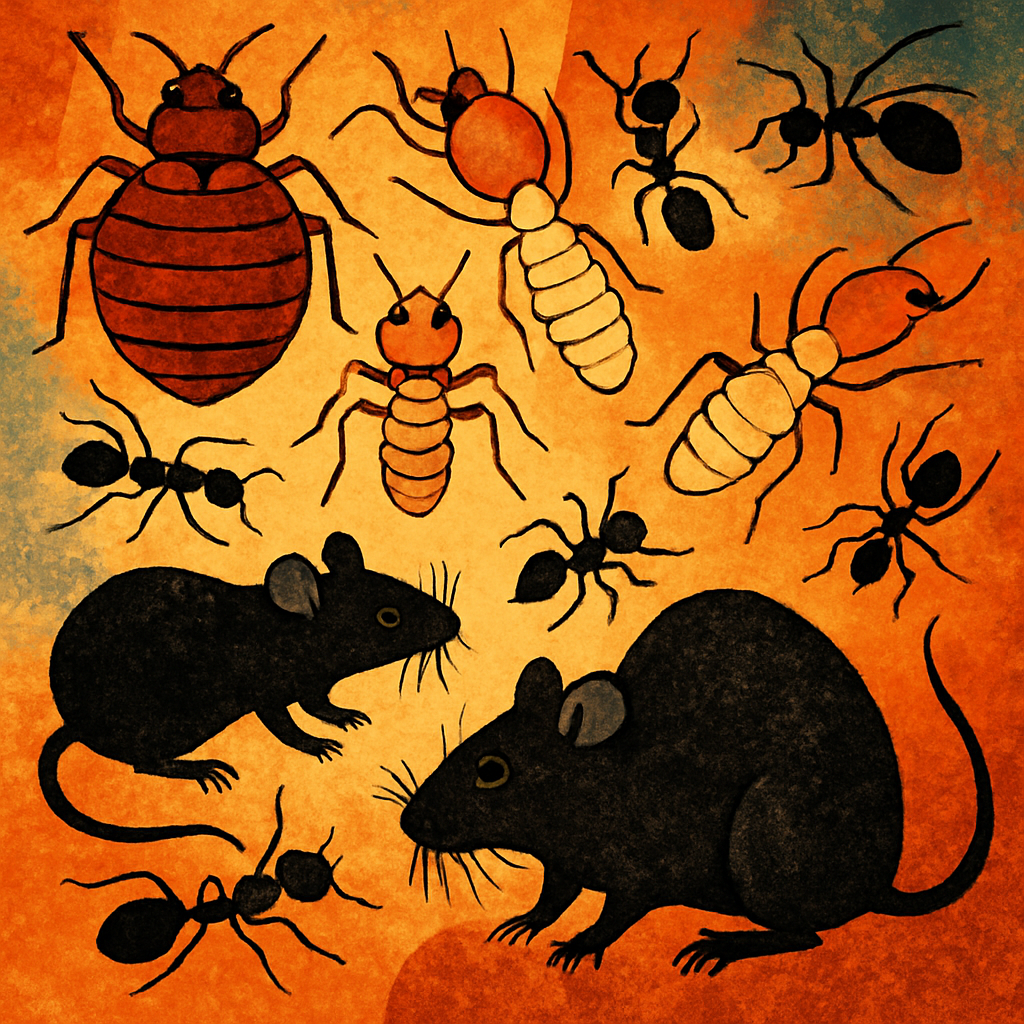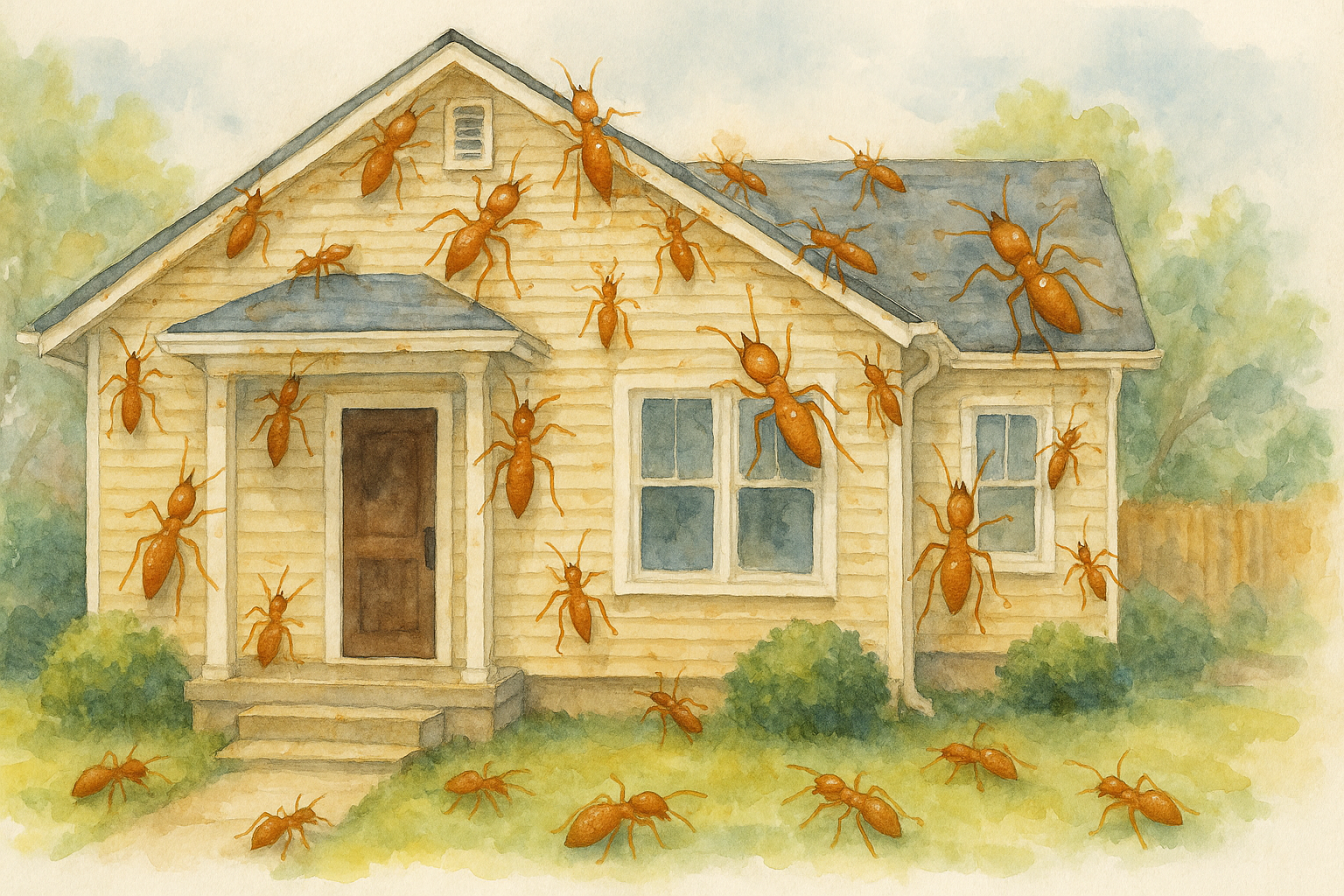Basements often provide ideal environments for spiders due to their cool, dark, and sometimes damp conditions. These factors, combined with the presence of insects, make basements attractive to spiders. To prevent spiders from taking up residence in your basement, here are several natural and effective strategies.

1. Seal Entry Points
Spiders can easily enter basements through cracks and gaps in windows, doors, and walls. One of the most effective ways to keep them out is to inspect your basement for potential entry points and seal them. Use caulking or weatherstripping around windows, door frames, and utility entry points to close off access. Sealing these openings also helps keep out the insects that spiders prey on, reducing their food sources.
2. Keep the Basement Clean and Decluttered
Spiders love clutter, as it provides plenty of hiding spots. Regularly cleaning and organizing your basement can reduce the number of places where spiders can hide. This also goes for keeping spiders out of your garage. Store items in sealed plastic bins rather than cardboard boxes, and try to keep items off the floor to reduce spider habitats. Vacuuming the basement regularly will help remove any webs and egg sacs that might be present, preventing future infestations (Spring, 2014).
3. Use Natural Repellents
Spiders are sensitive to certain smells, making natural repellents an excellent option for keeping them out of your basement. Essential oils such as peppermint, tea tree, and eucalyptus can repel spiders effectively. Mix a few drops of your chosen oil with water in a spray bottle and apply it around windowsills, doorframes, and any areas where you have seen spider activity. Cedar chips or cedar oil are also known to repel spiders and can be placed in problem areas.
4. Reduce Moisture
Spiders are drawn to moist environments, so reducing moisture in your basement can make it less attractive to them. Dehumidifiers are an excellent solution to control the moisture level in your basement. Ensure that your basement is well-ventilated, and fix any leaks or sources of standing water. Also, consider installing a vapor barrier if moisture is seeping through the walls or floor.
5. Install Sticky Traps
If you want to monitor spider activity or catch any spiders that may have already entered your basement, place sticky traps in corners, near windows, or along baseboards. These traps are non-toxic and are effective at catching not only spiders but also other insects. Check the traps regularly or have a local pest control company do so, and replace them as needed to maintain effectiveness.
6. Natural Barriers with Diatomaceous Earth
Diatomaceous earth (DE) is a natural, non-toxic substance that can help keep spiders and other pests out of your basement. Sprinkle a thin layer of DE around entry points and along the walls in your basement. This fine powder is harmless to humans and pets but can be fatal to spiders by damaging their exoskeletons and dehydrating them.
Conclusion
Keeping spiders out of your basement involves a combination of sealing entry points, reducing moisture, and maintaining cleanliness. Natural repellents like essential oils and diatomaceous earth provide an effective way to repel spiders without resorting to chemical treatments. By addressing these factors, you can significantly reduce the likelihood of spiders taking up residence in your basement.
Works Cited
Emerg (Tehran). 2014 Spring; 2(2): 54–58. Poisonous Spiders: Bites, Symptoms, and Treatment; an Educational Review.https://www.ncbi.nlm.nih.gov/pmc/articles/PMC4614586/.
Contact Today For $100 Off Your Initial Service!
⭐⭐⭐⭐⭐
Backed by our Bigfoot Guarantee!
What Customers Are Saying:
"Everyone from Bigfoot is awesome. They are always on time. They're extremely thorough. I've not had a single issue in the two years they have been treating our home. Well worth it!"
T. Potter | Meridian, ID






